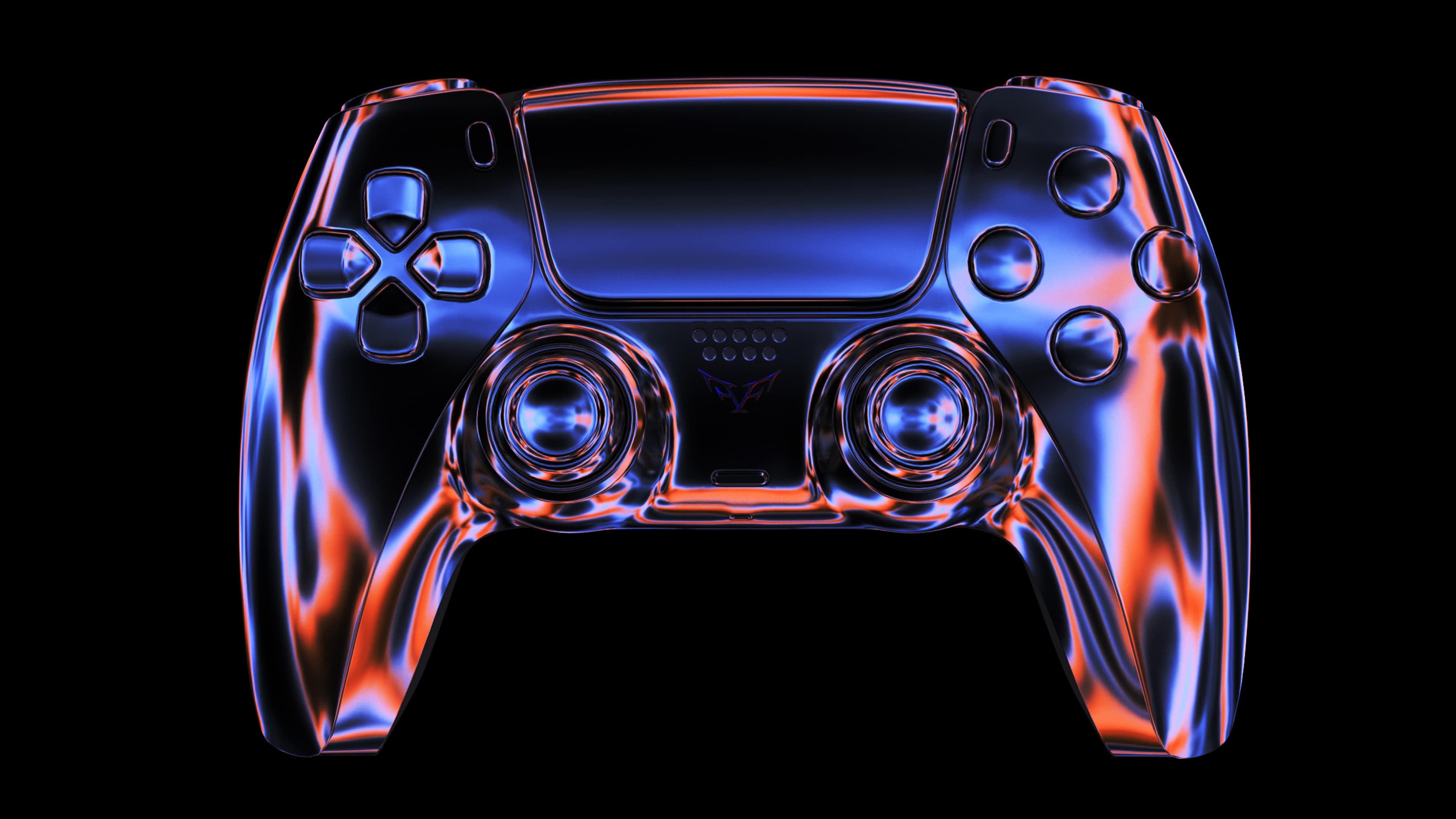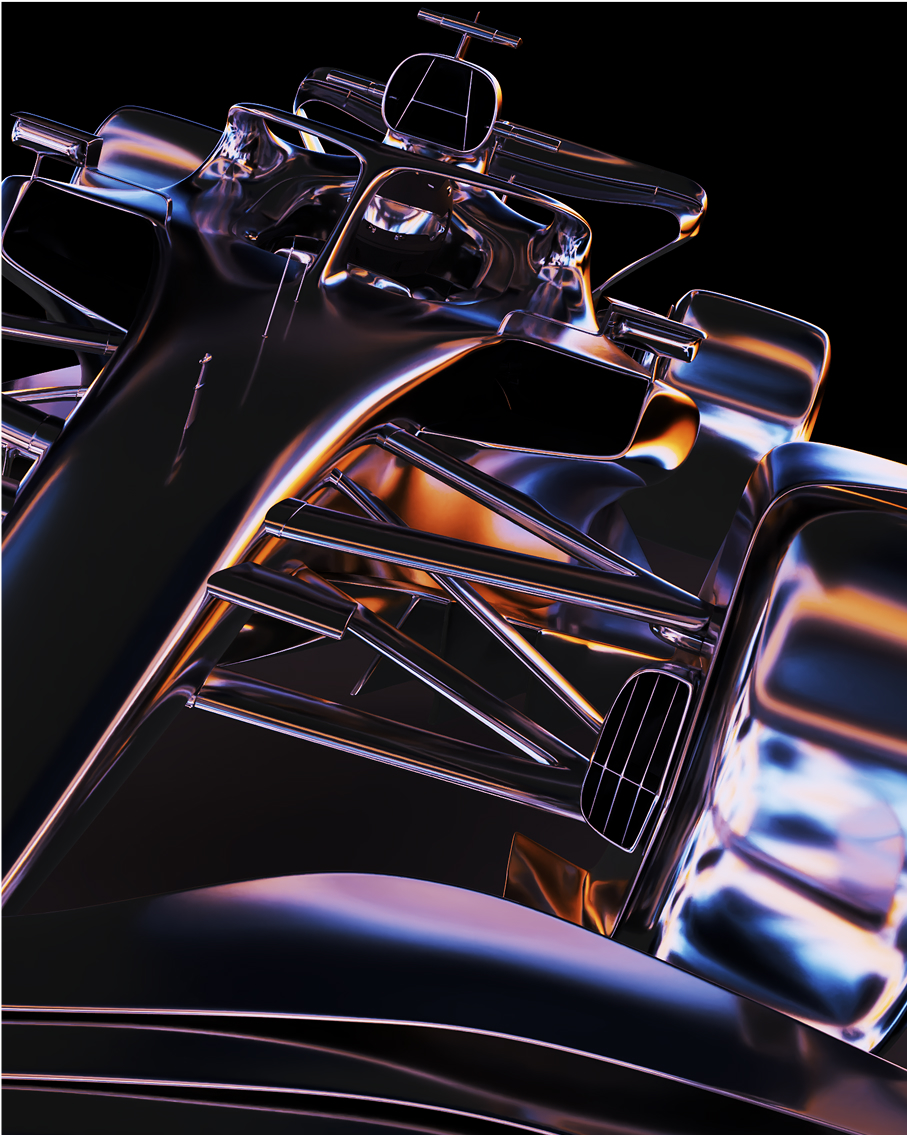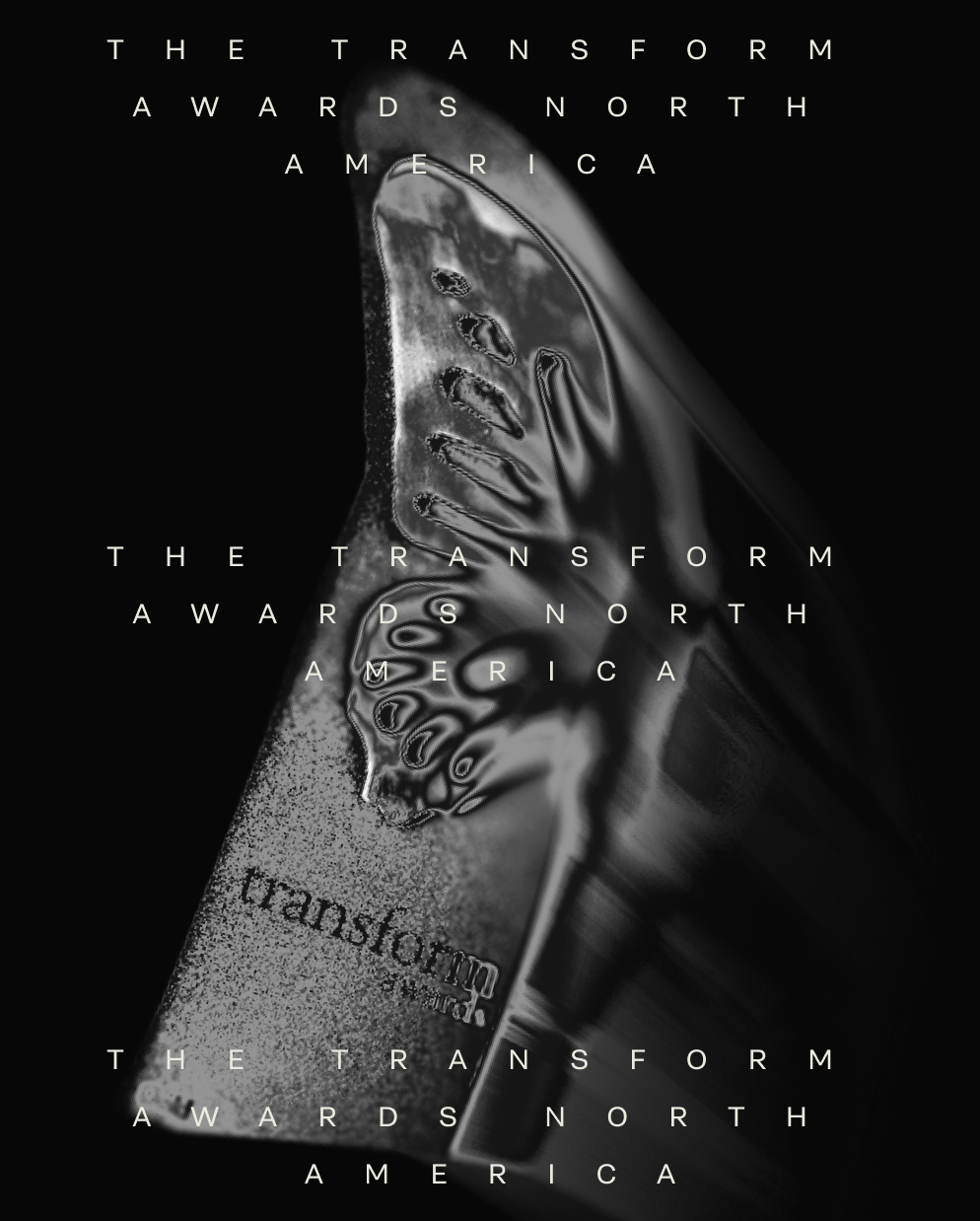Reality is starting to look a lot like a video game

For most of the last century, our visual and narrative expectations were shaped by cinema. The way we tell stories, structure emotion, and even document our lives borrowed the logic of the movies.
That baton has now passed to games.
From the EAFC-style overlays used in soccer highlights to the Nickelodeon-ified NFL casts with slime cannons and cartoon stats, reality is increasingly being designed to feel like the games we grew up playing.
The seeds were there when, during peak-Covid, telecasters used in-game audio to replicate crowds in empty stadiums. Then the NBA installed LED floors to track player movements. By the time the internet freaked out over the fact that Superbowl LIX looked more like Madden than FOX, it was clear we'd entered a new dawn.
Where we used to design games to mimic life. Now we’re designing life to feel like a game.
This shift isn’t confined to sports. You don’t need to travel far to get lost in customer journeys that feel like RPG progressions, retail spaces that borrow level design logic, and museums and galleries with ambient, exploratory narratives that mimic the pacing of open-world games. Even our elections have started to incorporate game mechanics with points, leaderboards, and status badges used to boost participation.
Look at how platforms like Nike’s .SWOOSH or Fortnite Festival build hype through reward loops and identity customization. These aren’t just marketing tactics. They’re game mechanics used to connect with and directly appeal to new audiences. As a result, our world is increasingly littered with health bars, XP meters, minimaps and drops.
A new aesthetic language.
It’s not just new UI elements, we’re also witnessing increased expectations around choice, feedback, and control. Passive storytelling no longer satisfies consumers who want to shape their own experiences. We see it clearly in live sports with the increasing number of choose-your-angle and commentary features. The NBA’s new app AI feature even allows viewers to personalize their fan experience by recreating live games in the style of their favourite Marvel IP.
Just as games don’t explain the world (they drop you into it and let you figure it out) this ambient, immersive approach to storytelling is reshaping how we design physical brand experiences too. I recently visited the Panasonic Pavilion at the Osaka World’s Fair where I was thrust into ‘The Land of NOMO’, a fictitious world of orbs and crystals, with little to no exposition or context. The goal of these experiences is to get people to feel like they’ve discovered something rather than been told about it, often creating new lore in the process.
These types of worldbuilding exercises give brands an increasing number of ways to entertain through storytelling. Language learning app, Duolingo, scored one of the most viral campaigns of the year with news of the death of its owl, an integral part of its brand lore. These aren’t just stunts, they are plots engineered to entertain and build narrative around products and services we might otherwise use and discard.
Why it matters
Understanding games and gaming mechanics is no longer niche. It’s critical for anyone shaping culture. Just as fluency in film language once defined creative leadership, fluency in game aesthetics, and the psychology around them, is essential in creating compelling brand experiences today.
Richard Swain is a Principal at Further where is responsible for driving growth, reputation, and leading strategic projects. As a brand strategist, he’s helped launch sports teams and startup unicorns while repositioning some of the world’s most iconic brands.
Original article published in Fast Company



.png)